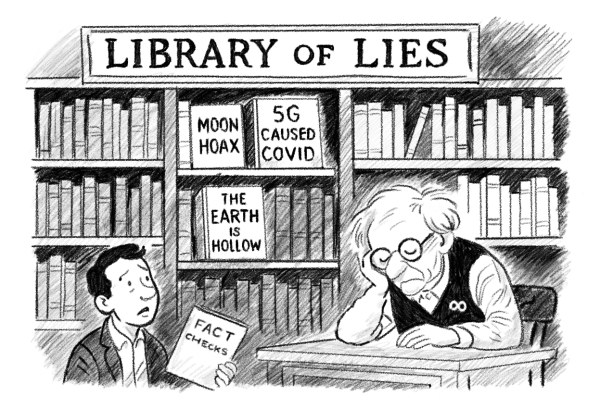The case for Biden’s infrastructure plan: As the pandemic recedes, it’s time to start fixing roads
Biden’s infrastructure plan re-imagines the U.S. economy and builds its global stature through green initiatives.
“We’ve fallen back. The rest of the world is closing in and closing in fast. We can’t allow this to continue.” President Biden is alarmed by the slowing growth of the U.S. economy relative to the world’s economies. Why then, in the middle of a global pandemic, is Biden pouring a whopping $2 trillion of taxpayer money into infrastructure? Why–because infrastructure investment will revolutionize our lives and cement the United States’ economic leadership.
Collapsing bridges, crumbling roads, leaking water pipes, popping power lines, and oozing hazardous waste all evidence the decay that is an anchor holding back the ship that is the U.S. economy. Obviously, our crumbling infrastructure is problematic, but many question whether we should be addressing infrastructure at a time of almost 600,000 COVID deaths. The short answer is yes, and the long answer is absolutely. Whether there is economic expansion or contraction, proper infrastructure is essential for trade continuity, efficient supply chains, powered businesses, worker mobility, and resilience for unpredictable climate-induced disasters.
The United States’ transport and utility infrastructure ranks 13th in the world, according to the World Economic Forum’s Global Competitiveness Report. For the U.S. to remain economically competitive on the global front, infrastructure must improve. The Biden Plan does not just reimagine traditional infrastructure. It also redefines infrastructure for our current age by including green technology and improvements to our Internet highway, not just roads and bridges.
One example is $100 billion for broadband networks to eliminate the connectivity gap that reduces opportunity for entire communities. The pandemic demonstrated the importance of high-speed broadband in allowing businesses and educational institutions to function. Moreover, connected people are able to work from different locations without geographic dislocation, thereby decreasing unemployment and increasing Real GDP, according to Okun’s law. Additionally, broadband expansion will bridge the digital divide by removing barriers to educational and employment opportunities.
An injection of $621 billion into transportation infrastructure will do more than fix roads and modernize transit systems. This money will optimize human capital. Workers will have shorter commutes, and suburban and rural dwellers will join the workforce. Transportation enhancements also allow efficient flows of goods and help to address supply chain issues.
$174 billion (28% of the transportation funds) will support electric vehicles (EVs), revolutionizing transit. This will build a network of 500,000 EV charging stations and electrify buses and governmental fleets. Imagine seeing the President in an EV. This publicity would amplify consumer demand by promoting consumer confidence in EVs, and the investment would have a multiplier effect on EV sales. Furthermore, tax incentives and rebates for EVs will shift the aggregate demand for EVs to the right.
Mass investment in EVs simultaneously builds a more eco-friendly future and establishes the U.S. as a climate change leader. As EV adoption increases, the U.S. can overtake China and become the leading producer of EVs. Notably, China has an enormous, and possibly insurmountable, advantage because of its dominant EV adoption and charging infrastructure. One may argue that we have missed the EV boat or that this EV investment is insufficient to address climate change’s detrimental effects. To that, I say, we must catch up to China, even if we start late. If China monopolizes the EV industry, the American economy will be in shackles. The window of opportunity is closing, so we must go all-in on electricity, the energy source of the future. Biden’s plan includes tax credits and incentives to promote domestic EV battery production, instead of in China. (3) President Biden hopes to decrease economic dependence on intermediate goods from China and reduce geopolitical risks on our economy. Reducing imports through a self-sufficient manufacturing sector benefits the U.S. economy by leading to an increase in Real GDP.
Biden’s plan also includes incentives for clean energy production. On a domestic scale, building more transmission lines from wind and solar plants to large cities increases factors of production. On an international scale, investment in renewable energy can help the U.S. achieve energy independence by reducing foreign oil dependence. Again, imports decrease, increasing Real GDP. Green energy innovation allows the U.S. to increase economic and political power through exports of green technology to allies.
President Biden’s gutsy infrastructure spending plan successfully reimagines the American economy for the future. Green infrastructure will transform our modern economy and redress damage caused by fossil fuel consumption. It is time for the United States to reclaim its seat on the podium as the world’s leading economy, and Biden’s plan to rebuild our infrastructure is our best bet to achieve this goal. As President Biden says, America is a “land of possibilities,” and the Biden Plan will turn these possibilities into reality.




